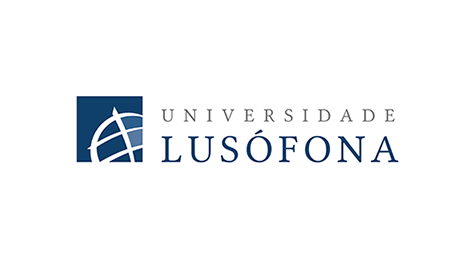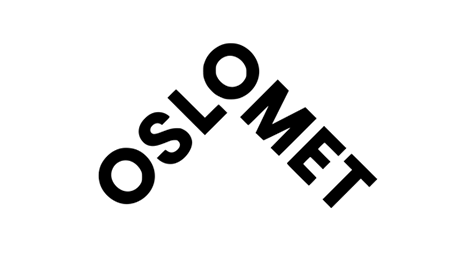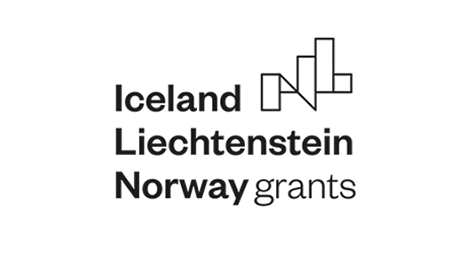3-day Scientific Meetings at OsloMet
Seminar
Title
On the three decades of SHM and how it can prevent the impacts of climate change on bridges
Presenters
Eloi Figueiredo and Ionut Moldovan
Date
February 17, 2022
Summary
Bridges play a crucial role in modern societies, regardless of their culture, geographical location, or economic development. The safest, economical and most resilient bridges are those that are well managed and maintained. In the last three decades, structural health monitoring (SHM) has been a promising tool in management activities of bridges as potentially it permits one to perform condition assessment to reduce uncertainty in the planning and designing of maintenance activities as well as to increase the service performance and safety of operation.
The general idea has been the transformation of massive data obtained from monitoring systems and numerical models into meaningful information. To deal with large amounts of data and perform the damage identification automatically, SHM has been cast in the context of the statistical pattern recognition (SPR) paradigm, where machine learning plays an important role. Meanwhile, recent technologies have unveiled alternative sensing opportunities and new perspectives to manage and observe the response of bridges.
On the other hand, climate change is currently one of the biggest concerns for the health of bridges. Although the uncertainty associated with the magnitude of the change involved is large, the fact that our climate is changing is unequivocal. As a result, making bridges resilient to climate change is a priority. A well-planned early intervention may save money and lives.
Therefore, the main goal of this presentation is to point out key developments in research and applications of the SPR paradigm observed in bridges in the last three decades, including developments in sensing, machine learning and finite element modeling for data analysis, and to present perspectives of how the SHM technology can be used to prevent potential impacts of climate change on the structural health of our bridges.
Scientific Meetings








